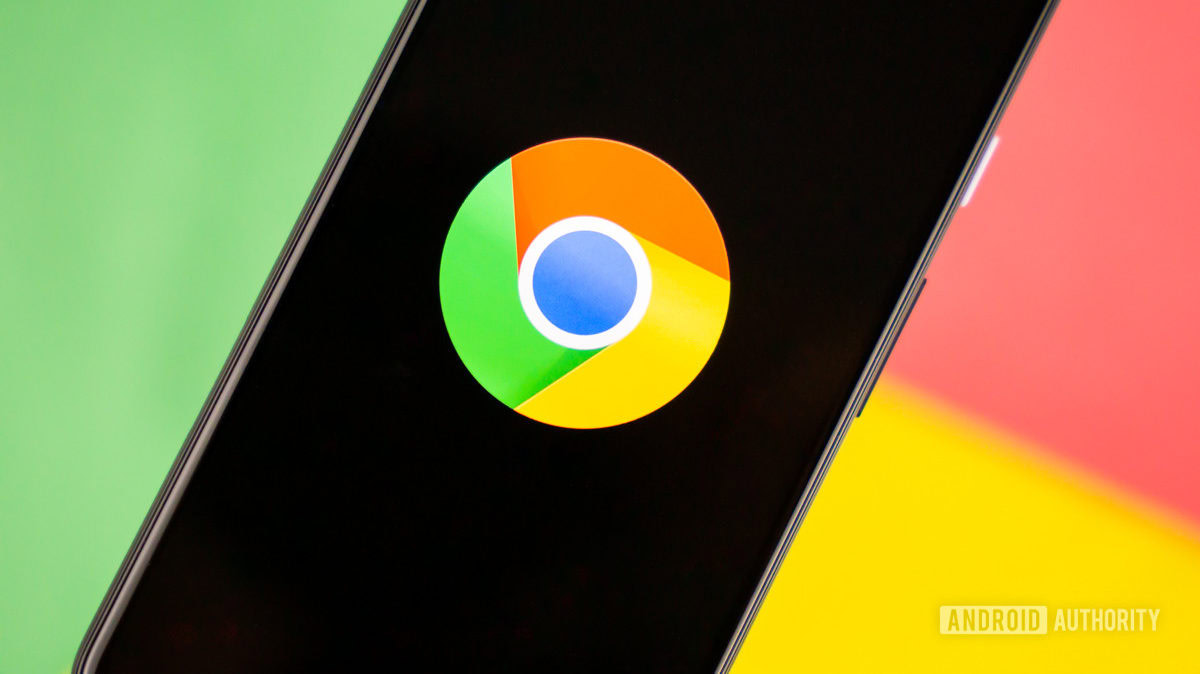Affiliate links on Android Authority may earn us a commission. Learn more.
How to block ads on your Android phone
While many websites depend on revenue coming from ad banner impressions and clicks, it’s a fact that some of these ads can be very annoying and, in a few cases, even malicious. Some ads are created by rogue pop-up pages, while others automatically start playing video or audio clips. Many more are guilty of taking up too much of your phone’s resources with overused animations.
What if you wanted to block ads on Android? Thankfully, you can do that in several ways. Let’s walk you through the process.
QUICK ANSWER
You can block ads on your Android phone by opening Chrome and tapping the three-dot menu button. Go to Settings > Site settings > Intrusive ads and toggle on Intrusive ads. You can also go back to the Site settings and tap on Pop-up and redirects. Toggle on the Pop-ups and redirects option.
JUMP TO KEY SECTIONS
Editor’s note: We’ve assembled these instructions using a Google Pixel 7 running Android 14. Remember that steps might differ depending on your device and its Android version.
Block pop-up pages and ads in Chrome

If you use Chrome as your default web browser on your Android phone, and most of you do, you should be aware that in 2018, Google announced that Chrome would block all ads on websites if they use full-page interstitials. Sites would also see ads blocked on Chrome if they unexpectedly play sounds or use a lot of flashing-style animation. However, some sites still use pop-ups to generate ads, but there’s a way to combat them in Chrome.
How to block ads, pop-ups, and redirects on Chrome:
- Open up the Chrome browser.
- Tap on the three-dot menu in the top right corner.
- Tap on Settings.
- Scroll down to the Site Settings selection, and tap on it.
- Select Intrusive ads.
- Make sure Intrusive ads is toggled off.
- Go back to the Site settings.
- Select Pop-ups and redirects.
- Make sure Pop-ups and redirects is toggled off.
Using third-party apps and browsers
Because we’re so used to Chrome, our first thought might be to use an extension. Some of the best ones include AdBlock and Adblock Plus (no relation), and they should do away with more annoying ads more effectively than using Chrome alone. The trick here is that extensions aren’t available on Chrome for mobile. It’s also tough to find alternatives that support this in a seamless manner.
There is, however, one browser we can halfway recommend that actually supports Chrome extensions. It’s Kiwi Browser.
How to use Chrome extensions on Kiwi Browser:
- Download and install Kiwi Browser from the Google Play Store. Launch it.
- Go to the Chrome Web Store website.
- Search for your ad-blocker. In this case, we will use AdBlock. Go into its page.
- Tap on the Add to Chrome button.
- Hit OK.
- The extension will install and you will see a welcome page. You can now tap on the three-dot menu button and tap on Extensions to manage it.
You can also get an actual ad blocker for Android. You can find the best ones in our list of the best ad-blocker apps.
Another method is to use another web browser with integrated ad-blocking features. You’ll find that most of the privacy-focused browsers have ad-blocking features. Just go to the Google Play Store and download options like Brave, Opera, and there’s even an Adblock stand-alone web browser.
Chrome ad-blockers are extensions, which are not available on Chrome for mobile. These are also unavailable on other Chromium-based browsers, save for very few exceptions from developers that have found workarounds. The best one is Kiwi Browser.
How to block ads on Android by changing the DNS
This one’s a little more technical, but it is definitely one of the best methods for blocking ads on Android. It’s also likely the one that will work most of the time. Let’s show you how it’s done.
How to use an adblock DNS:
- Launch the Settings app.
- Go into Network & internet.
- Tap on Private DNS.
- Select Private DNS provider hostname.
- You’ll need to enter a DNS provider hostname. A popular one is dns.adguard.com. Enter it.
- Hit Save.
FAQs
Certain apps allow you to modify some ad settings. For example, you can go into the Facebook app’s settings and adjust your preferences to a certain extent. Many apps won’t allow it, though. You’ll have to check if the apps you use allow it.
You might think ads are insignificant, and nothing could be furthest from the truth. A study from the University of Southern California claims ads can increase data usage by up to 79%! Additionally, they may use up to 16% more battery power and 22% more memory.
While it doesn’t always work, blocking ads on some games is possible using an ad-blocking app or the DNS method.